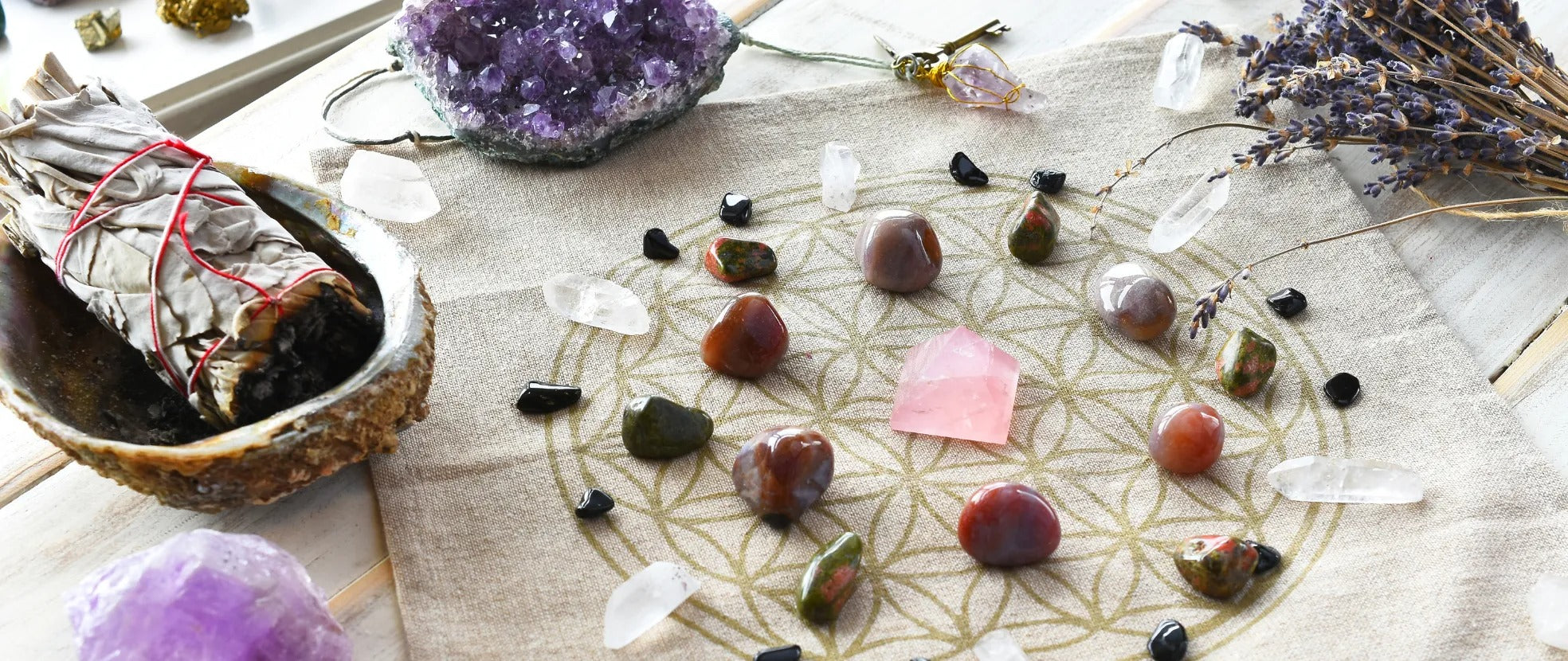Magnesite is a magnesium carbonate mineral aptly named as such due to its magnesium content. It belongs to the calcite family of carbonate minerals that is a primary source of magnesium.
It is an essential raw material in the steel and chemical industries. Rare specimens of gem quality are cut into faceted stones and cabochons for inexpensive jewelry.
Fancy adding it to your collection? Learn more about its history and properties below.
The Physical Properties of Magnesite
Magnesite's chemical composition is MgCO3. When heated, it will dissociate or split into magnesium oxide (MgO) and carbon dioxide (CO2). Having an exceedingly high melting point, magnesium oxide is an excellent refractory material in producing steel, metal, and ceramic.
It is also often used in making ovens, kilns, and furnaces. Magnesium oxide is also a principal component in fertilizers.
Raw magnesite has a brain-like shape with veins all over its body. It displays a glassy to dull sheen. It occurs in various colours: white, gray, yellowish, brown, or colourless. It is rated 3.5 to 4.5 on the Mohs hardness scale and forms a conchoidal fracture when it breaks.
Being a fragile mineral, gems and jewelry made of magnesite stones must be kept in a cloth box or bag (separate from other gems). Harder and sharper objects like a knife could easily scratch the stones.
Due to its ability to be cut and shaped into other forms, magnesite is also used as a material in making beads, tumbled stones, and cabochons. It also has a high absorption rate so it is a common practice to dye it with different vibrant colours for aesthetic and decorative purposes.
There are tons of dyed magnesite in the market that are often used in low-cost jewelry and craft making. Some would even dye the stone with various shades of blue to look like fake turquoise or lapis lazuli. But scratching the knockoff stone with a nail would easily remove the coloured surface and reveal the white magnesite.
The History of Magnesite
It was Jean-Claude Delamétherie, a French mineralogist and geologist, who coined the name Magnesite in 1785. However, the name was broadly used to classify a number of stones with magnesium content.
In 1808, German mineralogist Dietrich Ludwig Gustav Karsten used the name to refer solely to the magnesium carbonate variety.
There are several ways magnesite can form in nature:
- When magnesium-rich rocks (e.g., peridotite or serpentine) undergoes carbonation during contact, hydrothermal, or regional metamorphism
- During the process where marble, limestone, or other rocks high in carbonate are altered by magnesium-rich solutions as contact, hydrothermal, or regional metamorphism occurs
- When it precipitates as a secondary mineral in fractures and veins on carbonate and ultramafic rocks (igneous and meta-igneous rocks with low silica content)
Magnesite can be mined worldwide. Popular deposits of this mineral are located in Brazil, Austria, China, USA, Australia, France, and Germany.

The Lore of Magnesite
The first known users of magnesite are the Native Americans, particularly the Promo Tribes of California. They made jewelry out of magnesite stones and even used magnesite beads as a currency.
According to health folklore, the stone can strengthen the muscles, teeth, bones, kidneys, and gallbladder. It also rids the body of toxins, treats bad breath or body odour, and soothes constipation.
The Metaphysical Properties of Magnesite
Magnesite has a strong vibration that calms a raging heart and mind. It creates a strong connection between your thoughts and emotions. It can increase happiness and contentment.
Crystal healers believe it can increase a person's compassion and adoration toward others. Magnesite is also thought to relieve anxiety and enhance your awareness of people and your surroundings.
Here are some ways to tap into the powers of magnesite:
- Wear it as a pendant, bracelet, earring, necklace, or brooch
- Keep a Magnesite stone in your pocket or anywhere near you to manifest your desires, and intentions
- Hold it with both hands during prayer and meditation
- Place it near your head to unblock and activate your crown chakra
Sources:
King, H. (n.d.). Magnesite. Geology.com. Accessed at https://geology.com/minerals/magnesite.shtml
Magnesite Value, Price, and Jewelry Information. (n.d.). International Gem Society. Accessed at https://www.gemsociety.org/article/magnesite-jewelry-and-gemstone-information/
Magnesite. (n.d.). Britannica. Accessed at https://www.britannica.com/science/magnesite
Magnesite: history and healing properties. (n.d.). Emmanuel Guyon. Accessed at https://www.en.emmanuelleguyon.com/vertus_magnesite_en.html
Nguyen, T. (2020, June 18). Magnesite: Meaning, Healing Properties, and Jewelry. Soul Charms. Accessed at https://meanings.soulcharmsnyc.com/magnesite-meaning-healing-properties-and-jewelry/
Oakes, L. (n.d.). Magnesite. Healing Crystals for You. Accessed at https://www.healing-crystals-for-you.com/magnesite.html
Clark, D. (n.d.). A Guide to Gem Cutting Styles. International Gem Society. Accessed at https://www.gemsociety.org/article/gem-cutting-terms/
How to Spot Fake Lapis Lazuli. (n.d.). Lapis Lazuli House, Accessed at https://www.lapishouse.com/blogs/lapis-lazuli-house-blog/how-to-spot-fake-lapis-lazuli
Nelson, S. (2012, April 18). Regional Metamorphism. Tulane University. Accessed at https://www.tulane.edu/~sanelson/eens212/regionalmetamorph.htm





